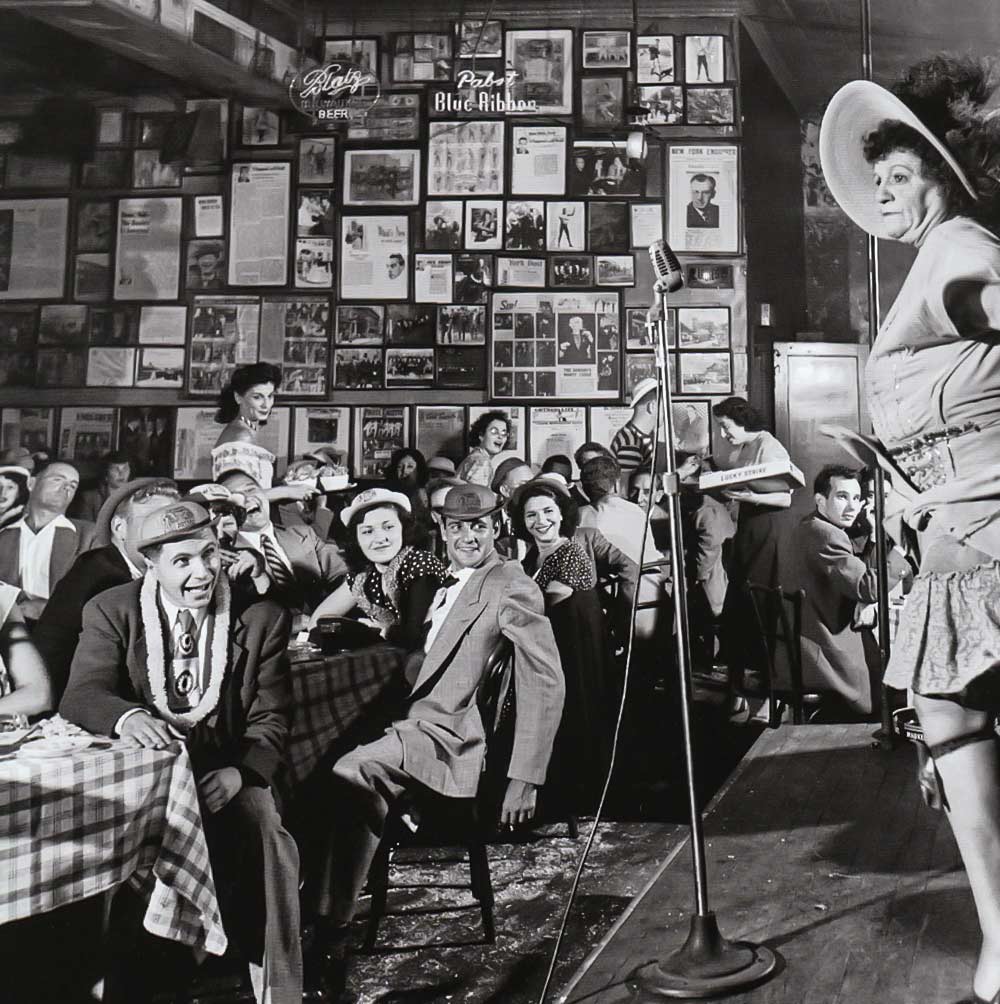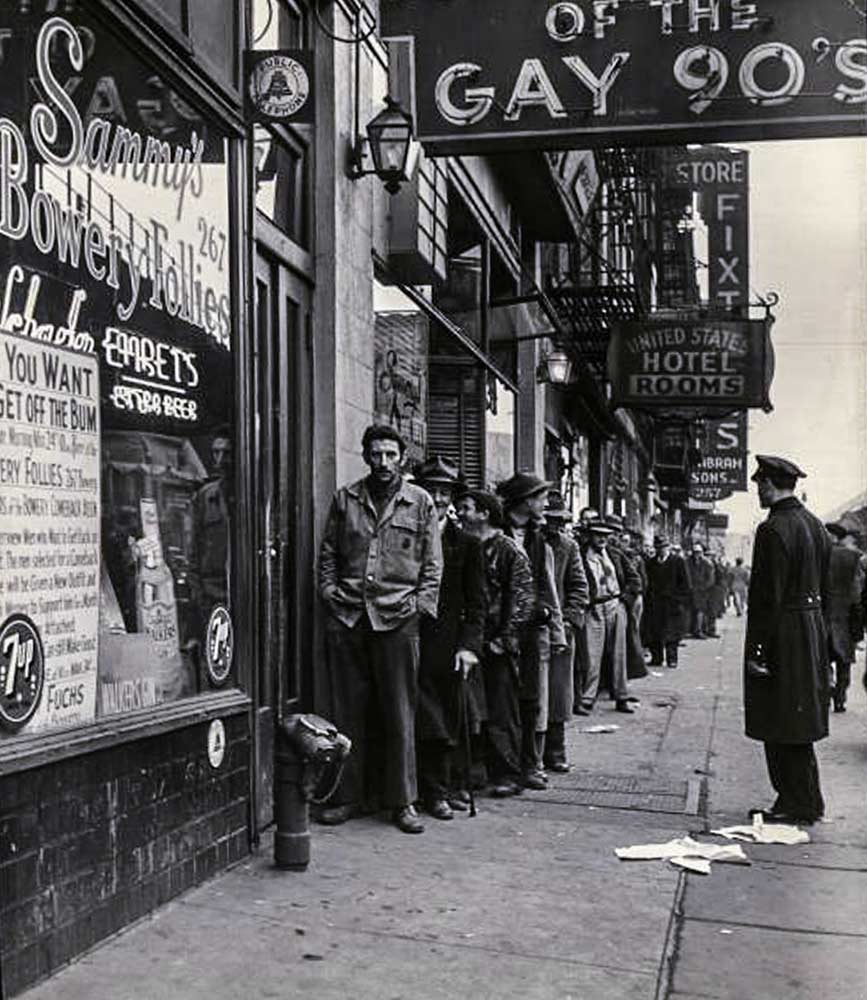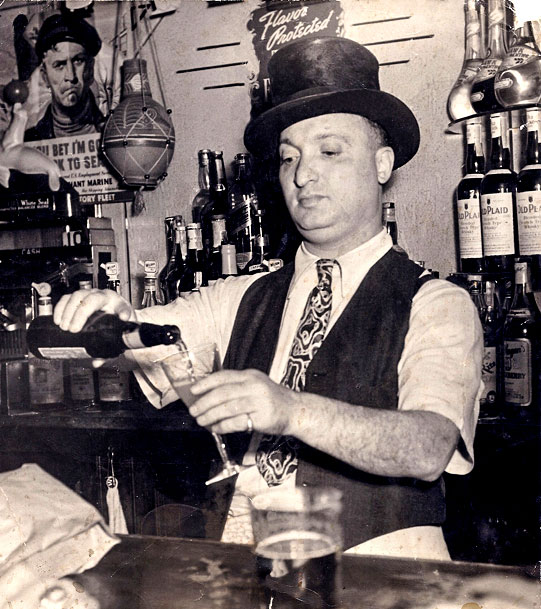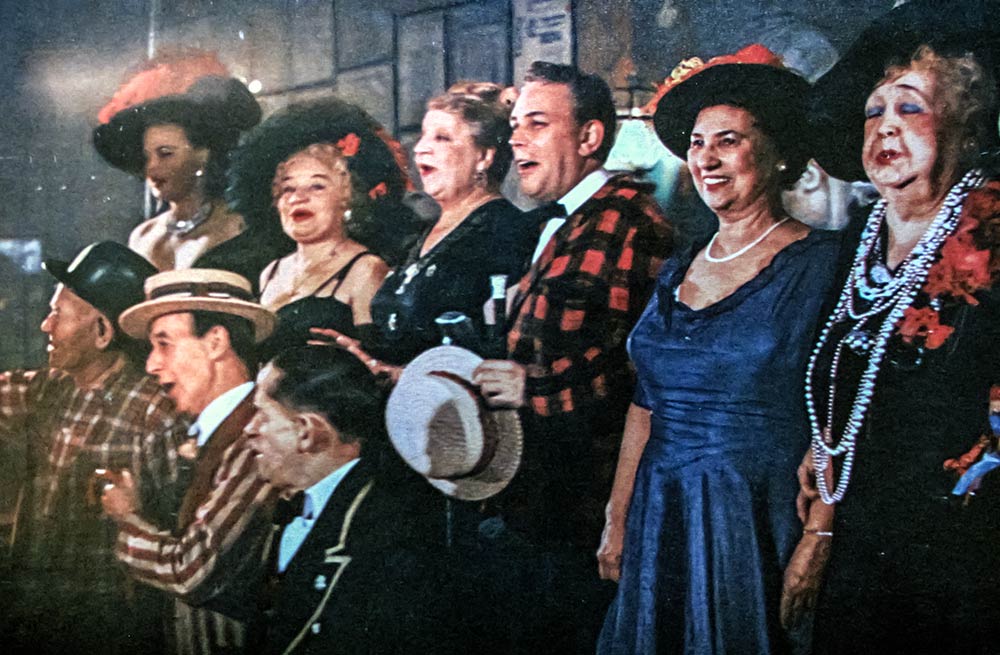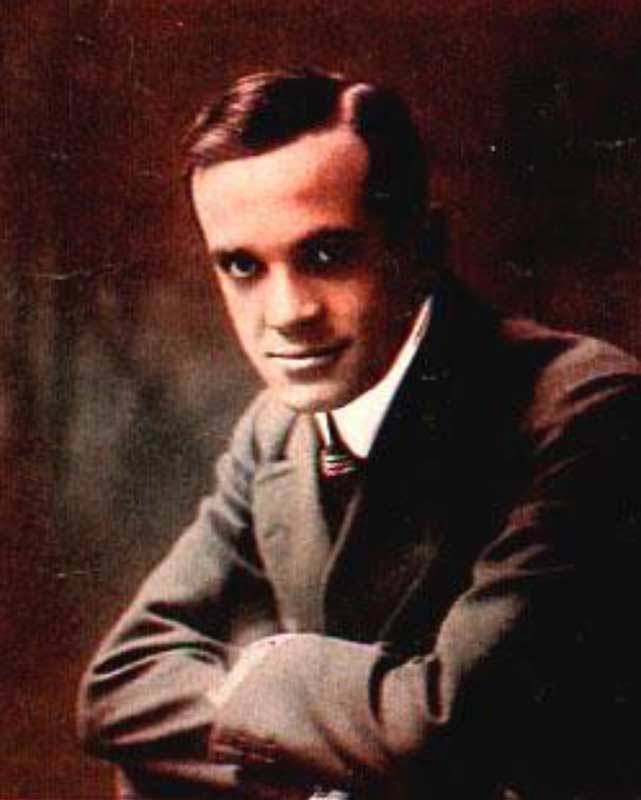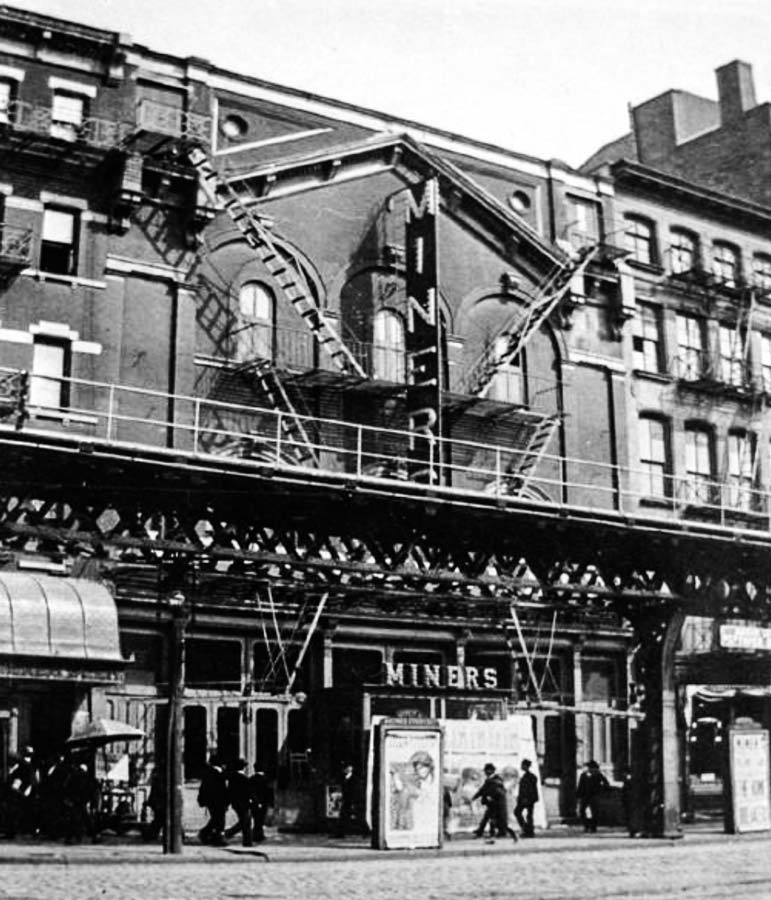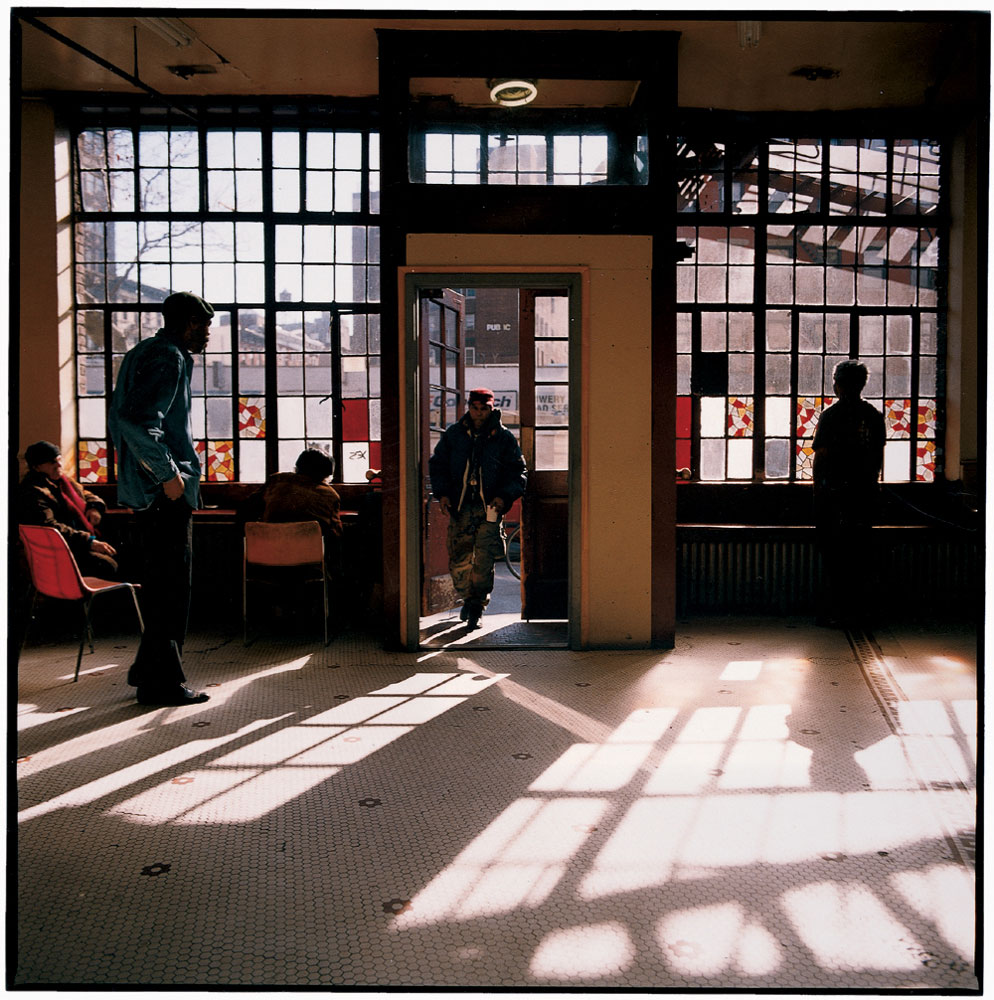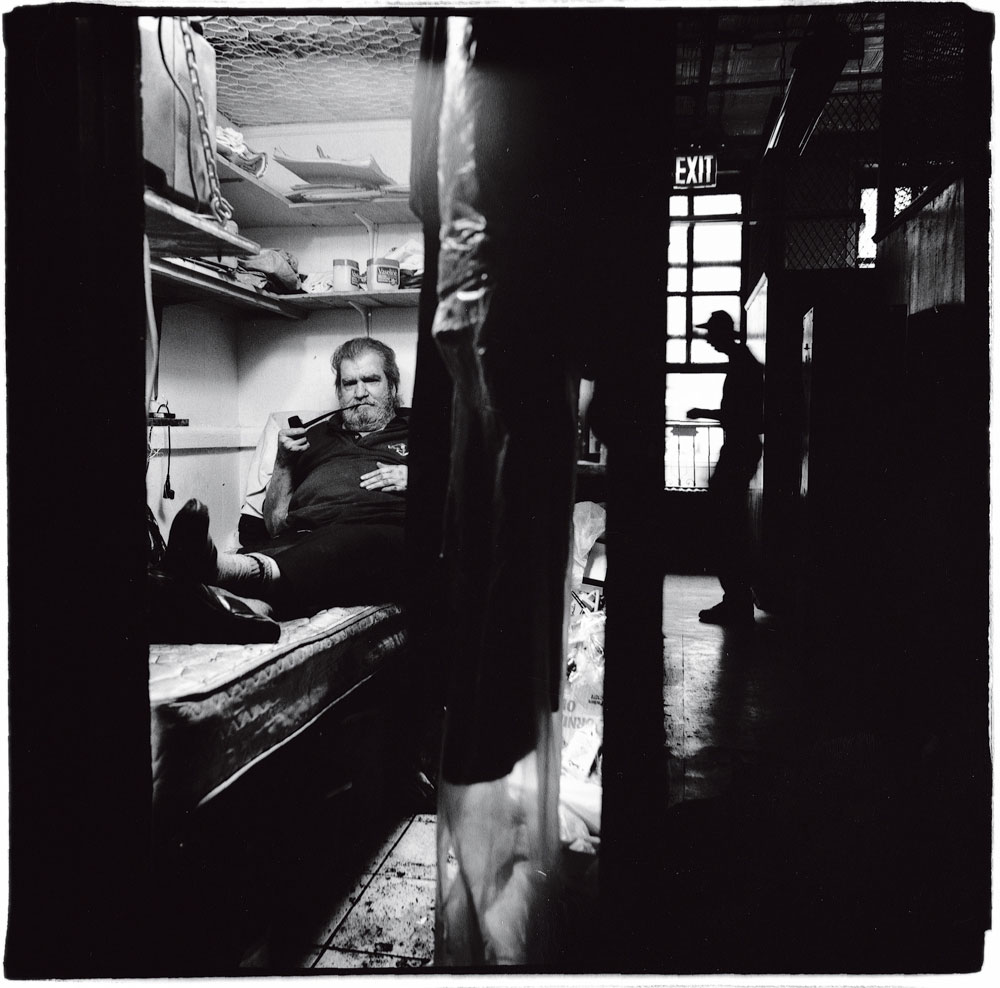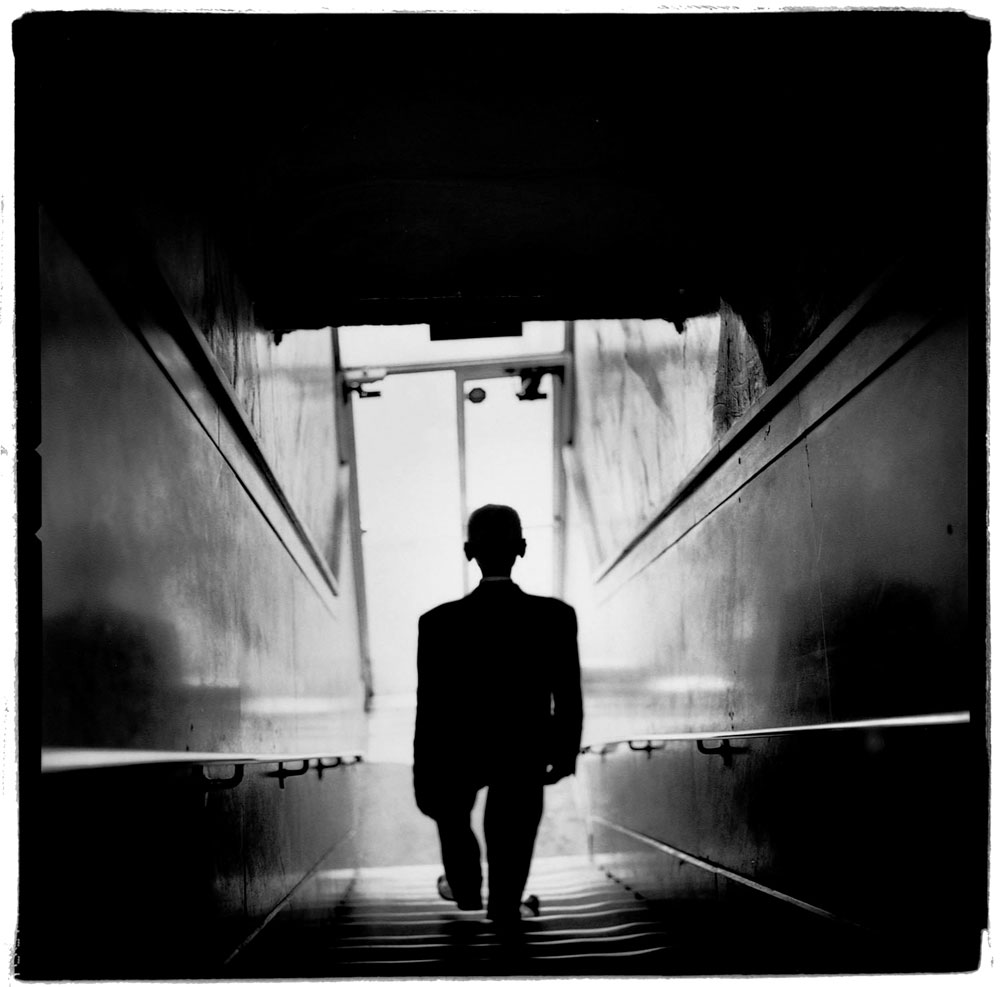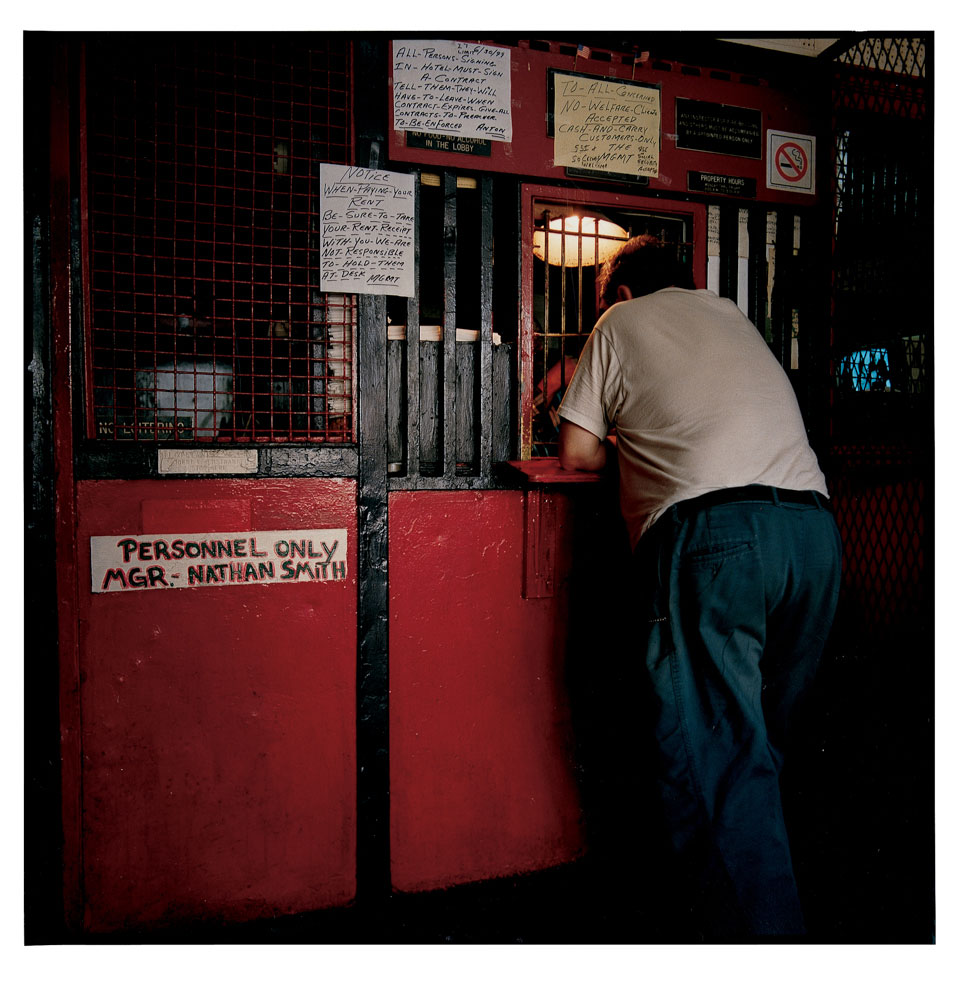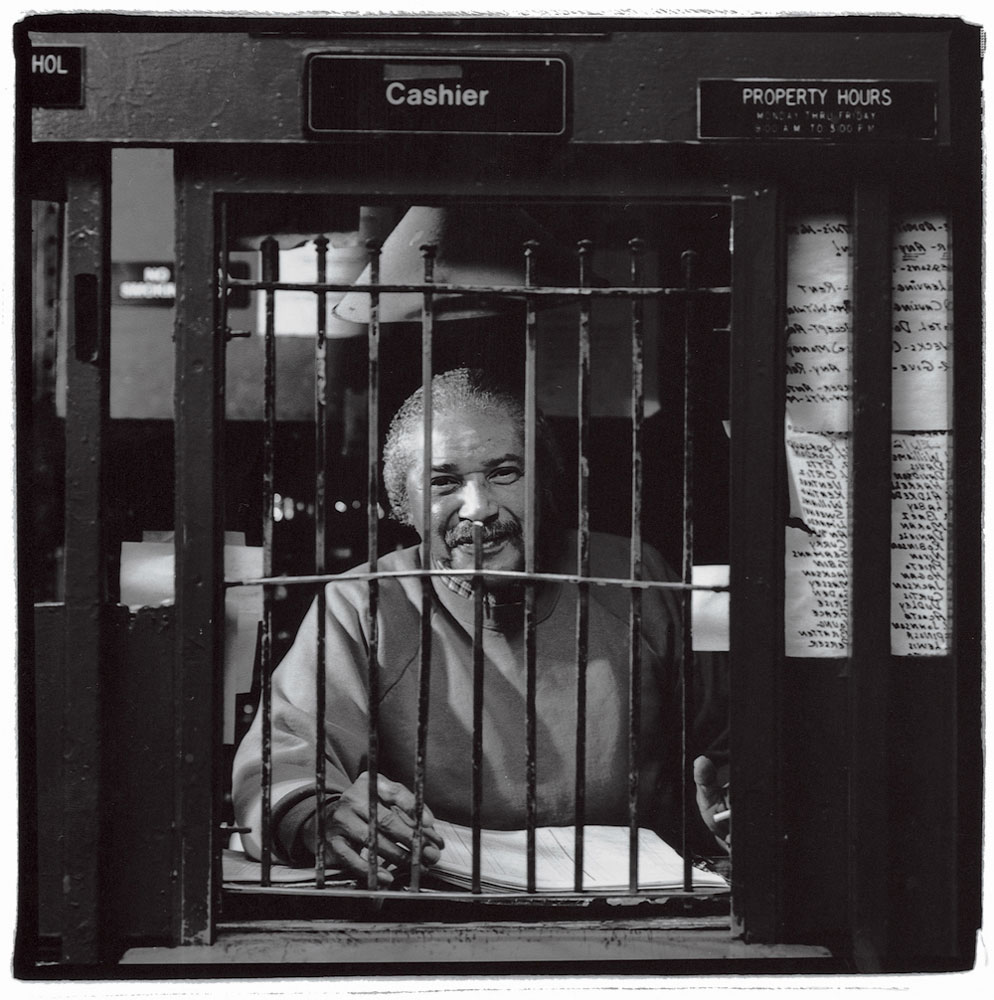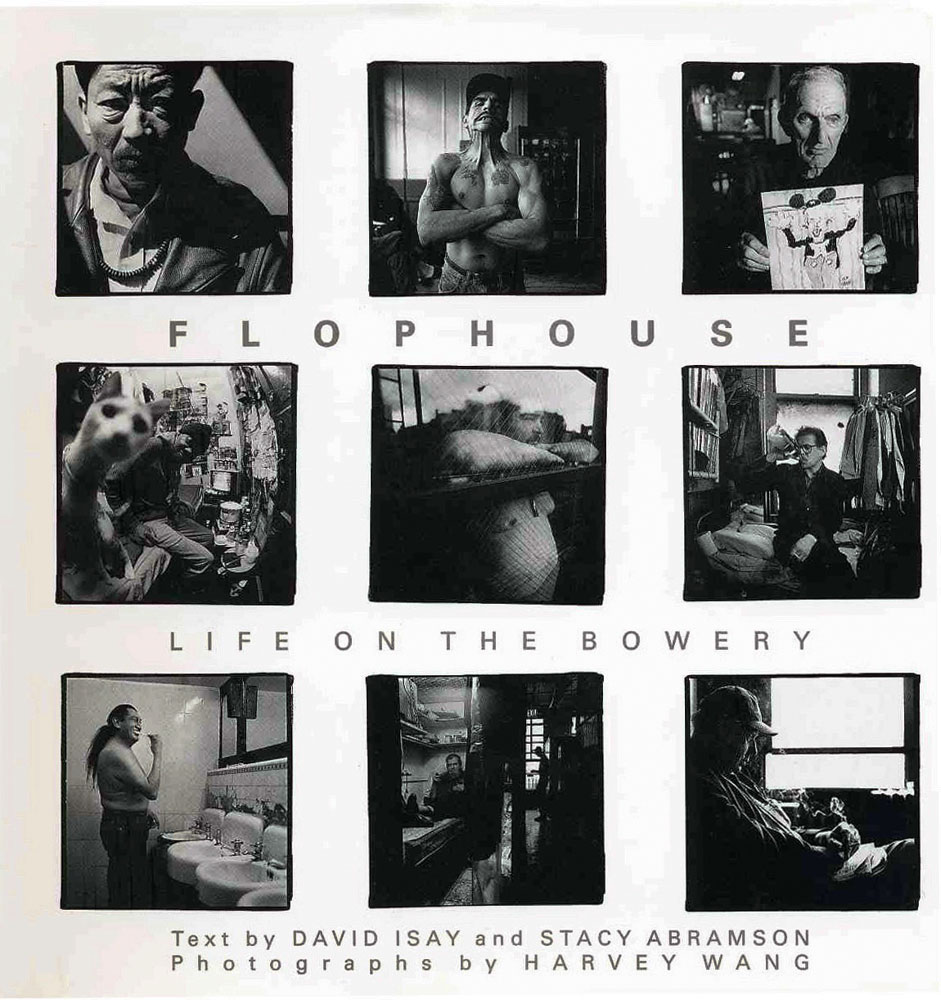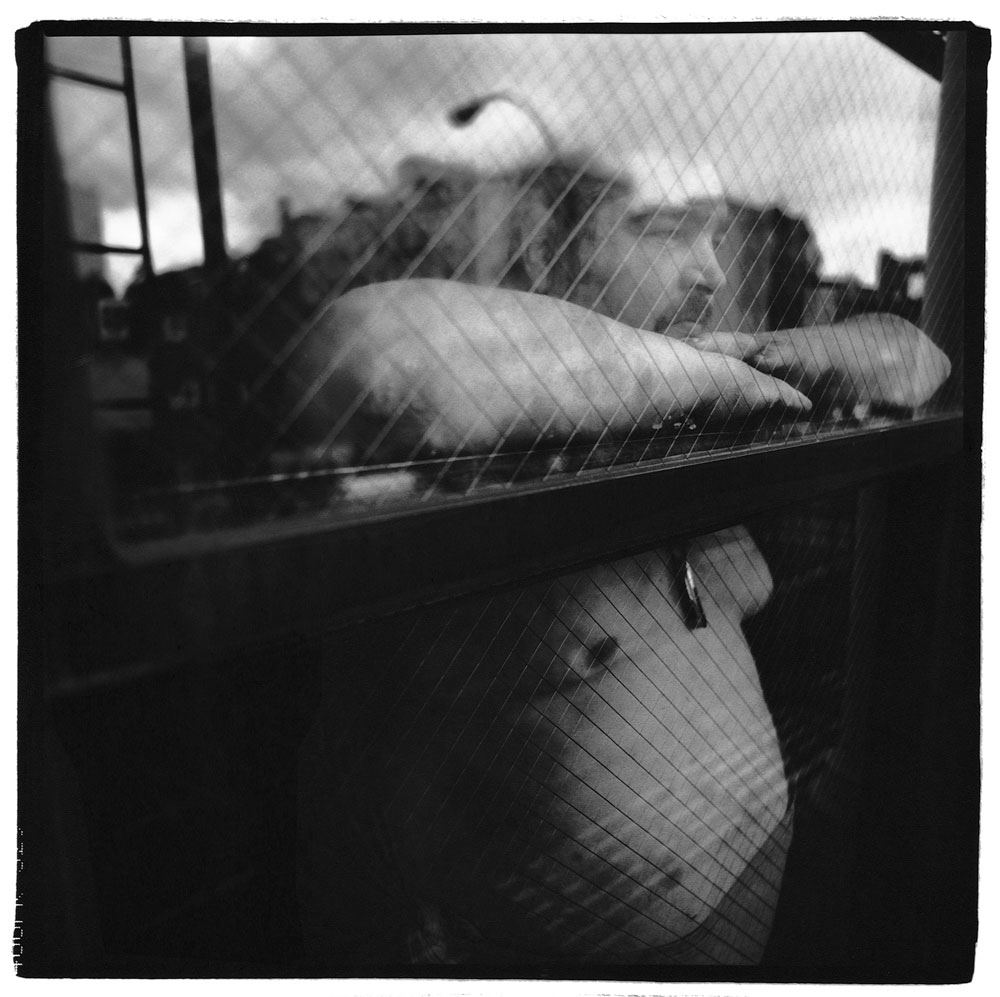Onno,
The numbers are just for your convenience, so that
any images, text and the audio/visual doc itself all
share the same #.
BTW – please insert this new sub-category under the RESOURCES drop-down menu: FILM
Audio / Visual docs for website
#1—SONG–“Bowery Buck” 1899 by Tom Turpin https://www.youtube.com/watch?v=WW_ucTesgiI
Tom Turpin (1871-1922) was known as the “Father of St. Louis Ragtime.” In 1897, his popular “Harlem Rag” made Turpin the first African American to have rag composition published.
WHERE TO PLACE LINK:
*HISTORY
–Historical/Cultural Significance of Bowery – under Music
*RESOURCES
–under SONGS
#2—FILM–“This Is the Bowery” 1941 10 minutes Director: Gunther V. Fritsch
A beautifully rendered film portrait of the Bowery Mission, produced by the award-winning
MGM shorts series John Nesbitt’s Passing Parade.
PHOTOS:
2a—Bowery Mission buildings at 227-229 Bowery, 2015
2b—Pamplet [no caption needed] Bowery Mission Archives
2c—Serving coffee at the Bowery Mission, circa 1940s Bowery Mission Archives
WHERE TO PLACE LINK:
*HISTORY
–Historical/Cultural Significance of Bowery – under Religion / Philanthropy
*WINDOWS ON THE BOWERY – #40 – The Bowery Mission piece
#3—FILM–“Nick and Tony in Sightseeing in New York” 1931
10 minutes
Produced by Amity Pictures With humorist tour guides Nick Basil and Tony Martin
A humorous horse and buggy tour through Bowery, Chinatown, Little Italy, etc.
Courtesy Ron Hutchinson and the Vitaphone Project.
PHOTOS
3a—Ad for Chuck Connors’ famous Bowery/Chinatown slumming tour, circa 1900
Courtesy Adam Woodward Collection.
WHERE TO PLACE LINK:
*RESOURCES
–Walking Tours
*FILM
*WINDOWS ON THE BOWERY – #5 – The 18 Bowery piece where it mentions Chuck Connors
#4—RADIO EXCERPTS—“Sammy’s Bowery Follies: Interview with owner Sammy Fuchs and performers Dora Pelletier, Danny Barrett, Edward R. Smith, and others.” 20 minutes.
Photographed by famous photographers like Weegee, Alfred Eisenstaedt, Lissette Model and
Erika Stone, the legendary Sammy’s Bowery Follies was—from its hey day in the 1940s and 50s
until it closed in 1970—a unique place “where the highlife meets the low life.”
Featuring out of work performers from the dying institution of vaudeville, and serving drinks
affordable for the Bowery’s down-and-out, this gay 1890s-themed club became a hotspot for
tourists and even the glitterati.
SEE Eric Ferrara’s Windows on the Bowery piece on Sammy’s Bowery Follies.
PHOTOGRAPHS:
4a—Outside Sammy’s Bowery Follies Photo by Alfred Eisenstaedt
4b—Sammy’s Bowery Follies, 1949 Photo By Burt Glinn © Magnum Photos
4c—Sammy Fuchs, photographed by Weegee Courtesy Charlie Katz
4d—Performers at Sammy’s Bowery Follies
WHERE TO PLACE LINK:
*HISTORY
–Historical/Cultural Significance of Bowery – under Theater
*WINDOWS ON THE BOWERY – #43 – Sammy’s Bowery Follies piece
*RESOURCES
–Radio Excerpts
[Note to ONNO – Item 5, including images and text and the radio interview itself were on our old website. You should already have that. Am including a CD copy of the interview as well, just in case. Best of all, I’ve attached an already prepared page with the INTRO to the Jolson piece and a place to link it.]
#5—RADIO EXCERPTS—“Al Jolson Remembers His First Singing Job Was on the Bowery” June 6, 1945 interview with Al Jolson is excerpted from Milton Berle’s radio show Let Yourself Go,
which was presented on CBS by the Eversharp Pen Company.
Courtesy: Ed Greenbaum. Special thanks to the International Jolson Society
WHERE TO PLACE LINK:
*HISTORY
–Historical/Cultural Significance of Bowery – under Theater
*FUN FACTS ABOUT THE BOWERY
–NYC’S First Entertainment District – 3rd paragraph from bottom
*WINDOWS ON THE BOWERY – #28 – Vaudeville Hook is Born! Miner’s Bowery Theatre
*WINDOWS ON THE BOWERY – #42 – ‘Sidewalks of NY’ Premieres on the Bowery’ [London theatre]
*RESOURCES
–Radio Excerpts
#6—SONG–“Sidewalks of New York” by Charles B. Lawler and James W. Blake, 1894. Until Frank Sinatra’s hit recording of Kander and Ebb’s “New York, New York,”
Lawler and Blake’s “Sidewalks of New York” was probably the city’s most iconic and beloved song.
The song had its premiere on the Bowery, and was often coupled in medley with the song –“The Bowery.”
SEE Windows on the Bowery signage piece #42 “Sidewalks of New York” Premieres on the Bowery.
*Brief story of the song, plus rendition by Robert Sean Leonard, from New York, New York:
A Documentary https://www.youtube.com/watch?v=wsx_uxISjM0
*1920s recording by Nat Shilkret Orchestra. https://www.youtube.com/watch?v=HdRY9IrjxXY
Note – this recording has an interlude with passages of the song “The Bowery.”
PHOTOS:
6a—sheet music for ‘Sidewalks of New York’
WHERE TO PLACE LINK:
*HISTORY
–Historical/Cultural Significance of Bowery – under Music
*WINDOWS ON THE BOWERY – #42 – ‘Sidewalks of NY’ Premieres on the Bowery’ [London theatre]
#7—RADIO EXCERPTS—“The Sunshine Hotel,” a radio portrait of one of the last flophouses on the Bowery, was recorded by David Isay with Stacey Abramson at 241-245 Bowery, with narration by the hotel’s manager, Nathan Smith. It premiered on National Public Radio’s All Things Considered on September 18, 1998.
http://www.soundportraits.org/on-air/the_sunshine_hotel/
The Sunshine Hotel
This is an audio portrait of one of the final vestiges of the Bowery, New York’s notorious skid row. In the first half of the century, the mile-long Bowery’s bars, missions and cheap hotels (or flophouses) were home to an estimated 35,000 down-and-out men each night. Today, only a handful of flophouses, virtually unchanged for half a century, are all that remain of this once teeming world.
For several months in 1998, David Isay and Stacy Abramson had unprecedented 24-hour access to the Sunshine Hotel, one of the last of the no-frills establishments. “It was like stepping into King Tut’s Tomb,” Isay says. “The Sunshine is this fascinating, self-contained society full of unbelievable characters. While it’s a profoundly sad place, it is, at the same time, home to men with powerful and poetic stories.”
The Sunshine Hotel was awarded the Prix Italia, Europe’s oldest and most prestigious broadcasting award, in 1999.
This radio documentary and interviews that Isay and Abramson conducted at other Bowery hotels
inspired the book called Flophouse: Life on the Bowery, which features powerful photographs by
Harvey Wang. http://pro.harveywang.com/galleries/flophouse-life-on-the-bowery
Both the book and a cd of the radio portrait are available through Amazon.
PHOTOS:
All photos must have © Harvey Wang [He was insistent about that]
7a—Anthony Coppola Sunshine Hotel, 1999 © Harvey Wang
7b—FLOPHOUSE [book cover] by Isay and Wang, 2000 © Harvey Wang
7c—Nathan Smith, manager 1999 Sunshine Hotel © Harvey Wang [
7d—Sunshine Hotel, 1999 © Harvey Wang
7e—The Andrews Hotel, 1998 © Harvey Wang
7f—Providence Hotel, 1998 © Harvey Wang
7g—White House Hotel, 1998 © Harvey Wang
WHERE TO PLACE LINK:
*WINDOWS ON THE BOWERY – #38 – A Bowery Flop for 5 cents a night
*HISTORY
–Historical and Cultural Significance of the Bowery – Under Additional cultural and historical info
*RESOURCES
–Radio Excerpts
*RESOURCES
–Reading List [under David Isay and Stacy Abramson’s FLOPHOUSE…]


